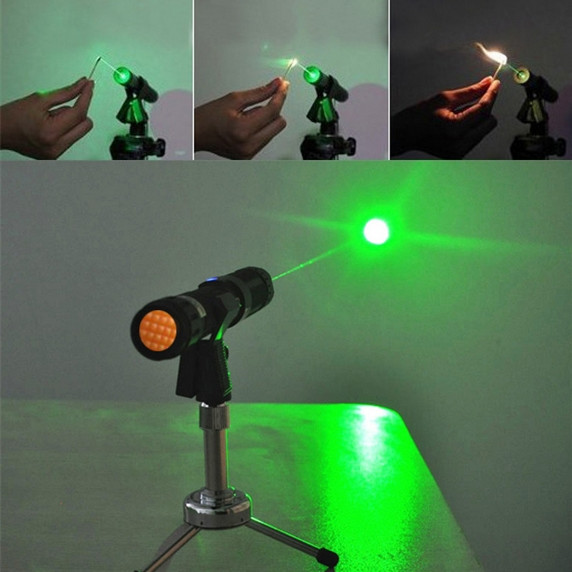LASER light source is an electric light source that uses excited particles to emit light under the action of stimulated radiation, and is a coherent light source. The concept of laser display appeared in the 1960s, and scientists all over the world tried to apply laser technology to the research of display light sources. However, due to the limitation of the laser development level at that time, the research project progressed slowly. In the 1990s, with the successful development of key materials for all-solid-state lasers, the research on laser display technology was greatly promoted. In 2003, the laser display technology research achieved a historic breakthrough. The RGB three-color visible light laser was successfully mixed into white light and launched a series of Engineering prototype.
The period from 2005 to 2010 is the early stage of laser display industrialization. At this time, China and world-renowned companies have successively launched prototypes such as laser pointer projection and laser TV. The laser display industry has entered the early stage of industrialization. At this stage, countries are stepping up Build a complete technology industry chain, accelerate industry demonstrations, and formulate patents and technical standards. Around 2010, the laser display industry entered a period of rapid growth, especially from 2015 to 2016, the development of the laser display industry was rapid.
Before laser products are applied to DLP, they have been widely used in various electronic products. Such as printers, various precision measuring instruments, medical equipment, weapons, etc. The performance is very stable. The working principle of the laser light source projection unit. Compared with other light source projection units, the laser light source projection unit has the following advantages:
1. High brightness: The brightness of the laser light source projection unit is 1700ANSI—10000ANSI can be customized, which is much higher than UHP bulbs and LED light source products. 2. Luminous efficiency: The luminous efficiency of laser light source is 12Lm/w, which is higher than 5Lm/w of UHP light source and 3.5Lm/w of LED light source. 3. Light source life: The life of UHP light source is still struggling to improve (the follow-up can reach 20,000 hours), the stability of LED light-emitting diodes has been recognized, the lifespan is about 60,000-80,000 hours, the brightness life of LASER light source depends on the fluorescent pink The life of the wheel is about 40,000-60,000 hours, and the life of the laser is as high as 100,000 hours.
4. Maintenance cycle: UHP light source and LASER light source (LPD) are both a group of light sources, and their attenuation and color coordinate changes depend on a single part. green laser pointer light source has a relatively long maintenance cycle due to its long life. The LED light source is composed of three groups of different color lights, each group has six lights, the attenuation degree of different color lights cannot be the same, resulting in excessive color drift, which must be adjusted after a certain period of time.
5. Color gamut: The color of the laser light source is closest to the international TV standard RC709. It has high brightness and real color. It is currently the most excellent display technology in the display field. 6. Energy saving and environmental protection: UHP light source is high-pressure mercury lamp, which contains highly toxic substances, LED light source and laser light source are green non-toxic products. The power of the laser light source projection unit is only 130-160W, far lower than the 320-450W of the LED light source and the 200W-320W of the UHP light source.
From the above comparison, it can be seen that the light source of the projection unit gradually develops from the UHP light source to the LED light source and the laser light source. World famous brand products have made greater breakthroughs in the research and development of laser light source products. At present, laser products have been widely used in front projection projectors and large-scale cinema projection equipment, and have become the mainstream products of DLP splicing products.
